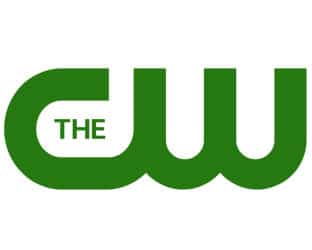 Now that this week’s deadline has passed for television owners to indicate to the FCC their initial interest in participating in the incentive auction, the so-called quiet period has begun, so we won’t know how many stations will actually be involved until later this year. Stations that do take part must have let the FCC know in their applications this week whether they would enter into any channel-sharing agreements to remain on the air. Stations have until March 29 to make final decisions, such as whether to give up their spectrum at auction and go off the air, or give up their spectrum but remain on the air by channel sharing or moving to another channel. That’s why the commission is leaning against releasing specific data naming how many or who chose to participate.
Now that this week’s deadline has passed for television owners to indicate to the FCC their initial interest in participating in the incentive auction, the so-called quiet period has begun, so we won’t know how many stations will actually be involved until later this year. Stations that do take part must have let the FCC know in their applications this week whether they would enter into any channel-sharing agreements to remain on the air. Stations have until March 29 to make final decisions, such as whether to give up their spectrum at auction and go off the air, or give up their spectrum but remain on the air by channel sharing or moving to another channel. That’s why the commission is leaning against releasing specific data naming how many or who chose to participate.
But at least one commissioner believes data should at least be released in the aggregate, to give consumers an idea of the ramifications. Democratic Commissioner Jessica Rosenworcel said last week at CES said disclosing some information publicly, should show “that there’s a lot of interest in this auction and this interest is the first step in having a successful auction.”
Some stations have publicly indicated their interest, like Ball State University in Muncie, Ind. and Howard University in Washington, D.C. Being circumspect, Howard University President Dr. Wayne A.I. Frederick wrote in a letter to the University community this week the school could still drop out of the auction but would continue to be mindful of “an overarching media and communications strategy.”
We’ve written that Howard has struggled financially in recent years and the opening bid for its spectrum is more than 461 million. The question of whether to take part has sparked intense debate at the historically black university.




